Tags: Milky Way

Oldest Continents in the Milky Way May Signal Older, More Advanced Extraterrestrial Life
Milky Way’s Flared Edge Finally Explained; Dark Matter’s Titled Halo Enveloping Our Galaxy To Blame
NASA Simulates Space in Millihertz Gravitational Waves, Enhances Our Understanding of the Milky Way Galaxy
Is Milky Way Special? Astronomer Says Comparison With Other Galaxies Is Necessary To Find the Answer
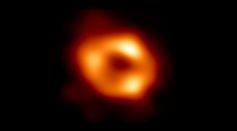
Eerie Echo Reveals Intense Activity of Supermassive Black Hole in the Milky Way's Core

Aliens in the Heart of the Galaxy? Repeated Signals From Milky Way's Core Could Be Greetings From Extraterrestrial Life, New Study Says
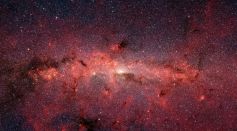
Galactic Bubbles Surrounding the Milky Way: New Evidence of Their Properties Provide Information To Study History of Stars
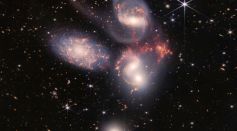
NASA's James Webb Space Telescope Spotted Six Galaxies That Should Not Exist, Challenging Conventional Understanding

Stars Forming at Faster Rate in Milky Way Galaxy Than Previously Thought, Study Reveals
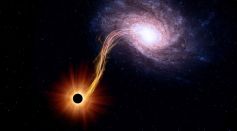
'Tadpole' Molecular Cloud Near Milky Way's Center Seems To Be Orbiting a Black Hole Hidden in the Galaxy

Ultra-Rare Binary Star System That Could Trigger Kilonova Detected 11,400 Light-years From Earth
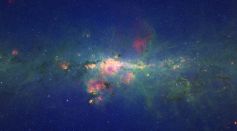
Radio Telescope Captures the Contemporary-Art-Like Heart of Milky Way Galaxy, Showcasing a Major Leap of Its Capabilities

Astronomy Catalog Reveals the Presence of 3.3 Billion Celestial Objects Across the Milky Way Galaxy

Huge Bubble of "Swiss Cheese" Surrounding Earth Has Now Been 3D Mapped For the First Time
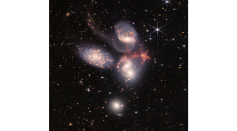
James Webb Space Telescope Detects Sonic Boom Larger Than Milky Way Resulting From Galactic Invasion

How Does the Milky Way's 'Stellar Halo' Actually Look Like? Astronomers from Harvard Show Its Real Shape

Astronomers Discover a Structure Across Space That Is Bigger Than the Milky Way Galaxy

Quest for Dark Matter: Antihelium Nuclei From the Depths of the Galaxy Could Lay the Foundation For Its Existence
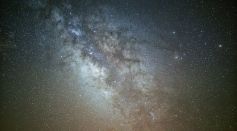
Astronomers Looking Into the 'Poor Old Heart of Milky Way' That Formed 12.5 Billion Years Ago
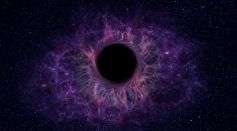
Second-Closest Supermassive Black Hole May Be Lurking in a Nearby Dwarf Galaxy About 1 Million Light-Years Away
Most Popular

10 Weird Things the Human Body Does—and the Science Behind These Biological Mysteries

Why Mega Typhoons Keep Getting Stronger: The Science Behind Typhoon Formation and Extreme Weather

Top Space Technology Trends and Aerospace Innovations Revolutionizing the World Today

How Plate Tectonics Trigger Earth's Most Dangerous Disasters Through Powerful Seismic Hazards





